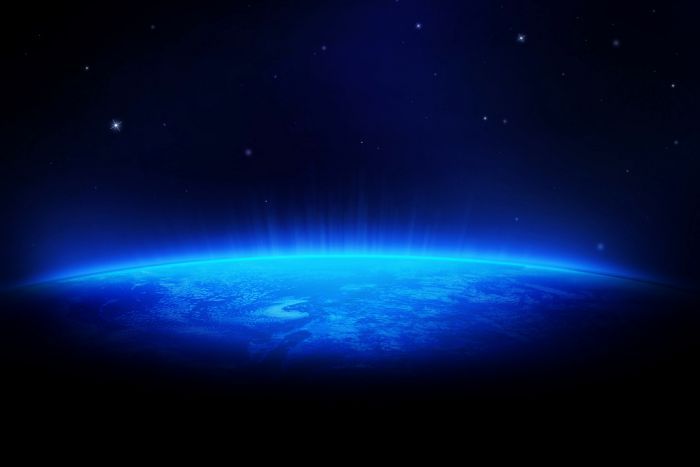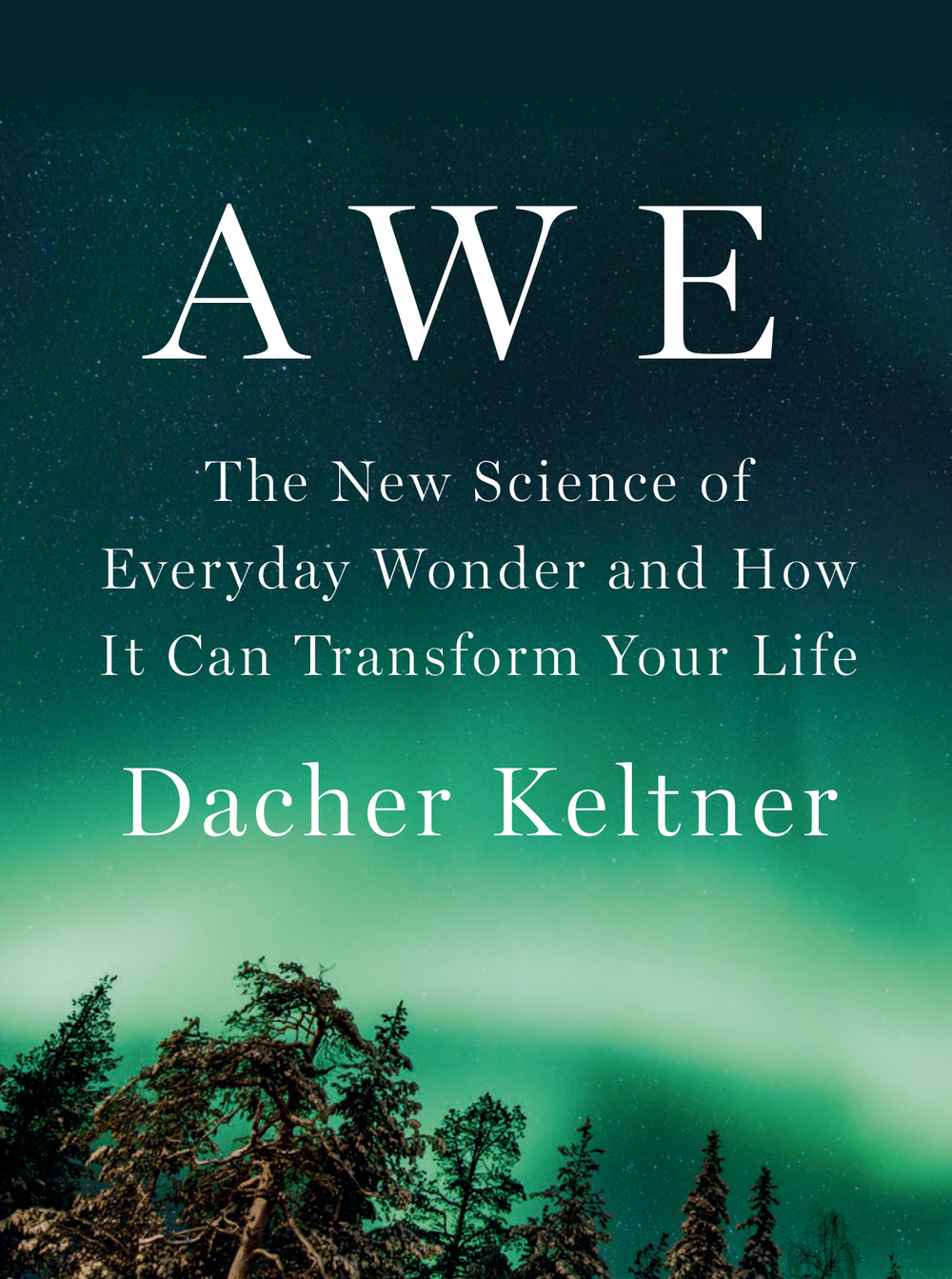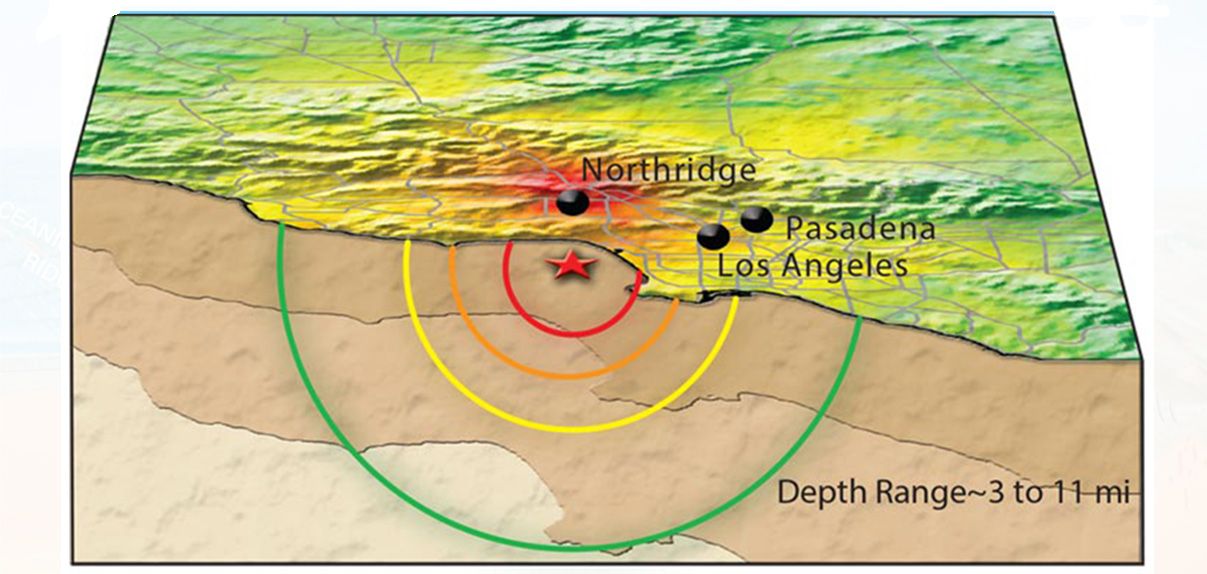
In celebration of Astronomy Day, UC Berkeley professor, Dr. Alex Filippenko, participated in the popular Reddit interview series, Ask Me Anything (or AMA, if you're hip on the slang). Check it out here. As part of an ongoing campaign aiming to increase the dialog between top-notch researchers and the general public, the subreddit r/science has been asking a number of prominent research professors to participate in these discussions. This isn’t the first time Filippenko has forayed into the front page of the internet, nor is it the first time UC Berkeley professors have answered the burning questions of Redditors. Nonetheless, Filippenko’s contribution to the series serves as continued evidence for the successful marriage of big science to the everyday person.
Read on for some highlights from Filippenko's AMA!
Dark matter and dark energy are quite mysterious.
Here's a fun fact -- atoms only make up roughly 5% of the known universe. Everything else falls into one of two categories, either dark matter (~25%) or dark energy (~70%). Unlike ordinary matter, dark matter does not interact with electromagnetic radiation and is thus extremely difficult to observe directly. The existence of dark matter is instead inferred via its gravitational effects on ordinary matter. By calculating the masses of gravitational lenses (massive cosmological objects that bend light by distorting the surrounding space-time) and comparing them to the masses of luminous matter in corresponding regions, scientists can map out the distribution of dark matter. However, just exactly what it is remains elusive. According to Filippenko, dark matter is likely a weakly interacting massive particle (WIMP), though laboratory evidence of this remains to be seen.
In the late 90s, scientists made a shocking discovery. The expansion of the universe was accelerating. As our neighboring galaxies move away, the spectra of the elements contained in their stars become "redshifted" (meaning they move to longer wavelengths). To measure a galaxy's distance, one must use "standard candles" (such as Cepheids or supernovae). These standards have known intrinsic brightness, such that comparing their apparent brightness gives a measure of how distant the candles are. In the 1920s, Edwin Hubble compared the redshifts of galaxies to their distances and discovered that space itself was, in fact, expanding. For many years thereafter, it was assumed that the gravitational forces exerted by every galaxy onto every neighboring galaxy would eventually slow down the expansion of the Universe.
However, Nobel-prize winning work by Dr. Saul Pearlmutter and others showed that the opposite was true. To explain this phenomenon, the idea of dark energy was born. Dark energy is the energy which uniformly permeates all space and from which a repulsive force that accelerates the expansion of the Universe is derived. Presently, two popular theories offer explanations for the origins of dark energy. "Quintessence" is dynamic dark energy generated by a scalar field, In contrast, Einstein's "Cosmological Constant" considers dark energy to be vacuum energy, the energy of empty space, (which has a negative pressure) and contributes statically to the energy density of the Universe. Filippenko's personal preference tends towards the cosmological constant.
A lower limit on the size of the Universe can be calculated.
The Observable Universe is the tiny slice of the Universe that we are capable of seeing, given the age of the Universe, speed of light, and accelerating expansion of said Universe. Presently, the Universe is 13.7 billion years old, and the consequent edge of the Observable Universe is about 47 billion light years away. NASA has shown that, to the best of our knowledge, the Universe is flat (as opposed to spherical or hyperbolic). If we assume that the Universe is closed (ie like the surface of a sphere) and that the local curvature is very, very small, we can do a rough back-of-the-envelope calculation on the minimum size of the Universe. Per Filippenko, current estimates state that the Universe is at least 80 times the volume of the Observable Universe. However, he notes the following.
[blockquote source="Dr. Alex Filippenko"]...the entire Universe may well be far, far larger than that, according to inflation models. It could easily be the case that the ratio of the diameter of the entire Universe (all that there is) to the diameter of our observable Universe is as large as the ratio of the diameter of the observable Universe to the diameter of a proton: something like 1041 for the ratio. In other words, our observable Universe is like a proton relative to the entire Universe. Whoa![/blockquote]
Supermassive black holes live in the centers of galaxies.
A supermassive black hole (SMBH), the largest type of black hole, weighing in at up to billions of solar masses (1 solar mass = 1.989110^30 kg). The smallest black holes are a few solar masses. It is well established that many galaxies, including our very own, have SMBHs nestled at their core. Our SMBH, Sagittarius A*, is roughly a 4 million solar mass black hole. According to Filippenko, a gas cloud is set to be gobbled up by Sgr A within the coming months -- a rare and exciting event, so be sure to stay tuned!
Lick Observatory needs our help.
Located on Mount Hamilton, just outside of San Jose, Lick has served as the flagship observatory for all eight UC campuses, LBNL, and Livermore for over a hundred years. Lick was the first to empirically verify Einstein's Theory of Relativity (1922), first to bounce a laser off the Moon (1969), and in the late 1980s and 90s contributed vast amounts of data surrounding supernovae, which led to the discovery of an expanding Universe. Filippenko says the following about the observatory.
[blockquote source="Dr. Alex Filippenko"]"Lick Observatory serves all UC astronomers, and it is especially important for young astronomers (undergraduate students, graduate students, and postdoctoral scholars) because they can get telescope time there, unlike at many bigger, more expensive facilities. Lick is also excellent for long-term studies that require many nights each year, such as searches for exoplanets and monitoring exploding stars (supernovae). A lot of new types of instruments are developed or improved at Lick, such as laser-guide-star adaptive optics (which can make the Lick 3-m telescope get images as clear as those from the Hubble Space Telescope at near-infrared wavelengths). Lick also does much public outreach and education."[/blockquote]
Unfortunately, the University of California Office of the President plans to phase out funding for Lick Observatory. If you are interested in supporting the Lick Observatory, head on over to the "Save Lick" campaign for more information.
To see Filippinko’s entire AMA, check it out here. The r/science AMA series will continue with Dr. Shaun Hotchkiss who will be discussing the “Inflation and the Large Scale Structure of the Universe” on May 28th at 1 PM.
BONUS! Here are some extra tidbits that were my personal favorites.
Q1: "How long will it take until we have ships capable of taking us to the next solar system in a reasonable amount of time?" - seismicor
A: "Oh, gosh, I don't know. Probably not sooner than 1000 years from now, and perhaps much longer than that, even with our currently rapid growth in technology. The energy barriers are truly stupendous, especially if you want to take humans instead of computers/robots. I think it is far more likely that we will be sending computers/robots instead of humans to other worlds. Indeed, they may end up being our evolutionary descendants."
Q2: "What is the most logical explanation of what would happen if we were to be consumed by a block hole?” - jaycrypted
A: "We would be crushed into a singularity having extremely high density -- after first being torn apart ('spaghettified')."
Q3: "How far out should I drive to get a good view of the milky way this summer?" - 5Aces
A: "Try to go out to the Sierra Nevada range around the time of new moon, and you will be treated to a truly spectacular sight. The skies there are really dark, and you're above the haze, so you can see a lot of faint stars. If you're not able to drive that far, then I suggest Pt. Reyes National Seashore, about 1-1.5 hours drive. It's the darkest place I know withing a short driving distance from the SF Bay Area." (I can personally verify this -- the star gazing in Yosemite is stunning.)



